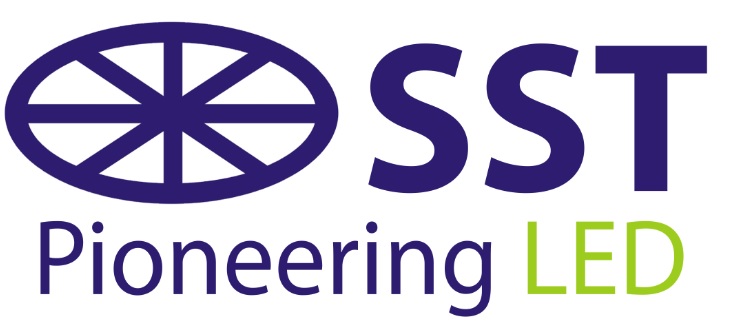How effective are LEDs at dimming applications?
LEDs sometimes do not have good dimming, but this is largely determined by the dimmer and driver being used. Retrofit LEDs are typically dimmed by a TRIAC dimmer. When these retrofit LEDs are dimmed, low voltages do not provide enough load for the LED driver and cause the LED light to flicker. LEDs driven by […]
